Chinese auto industry showroom may open in Tatarstan
Prospects for the development of Russian-Chinese trade in supply of vehicles and components were discussed in Kazan
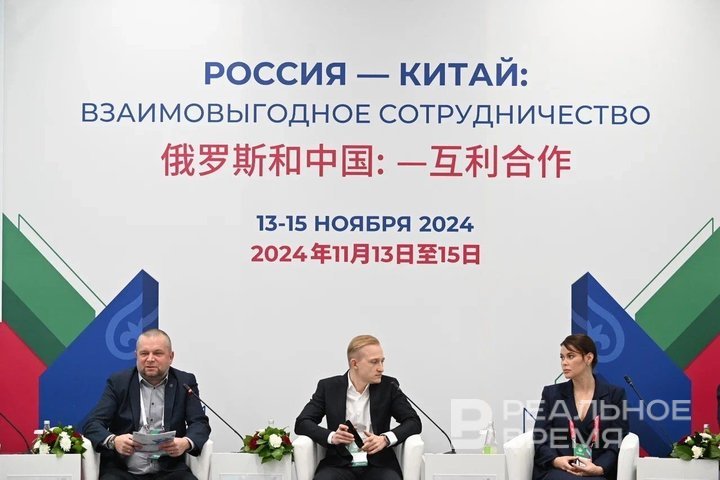
“It will take about five years to understand which Chinese equipment is relevant for us in different seasons. The forum gave us an impetus to sit down and hold strategic negotiations,” this is how President of Moscow-Beijing special equipment exchange Oleg Moskovsky described the prospects for Russian-Chinese partnership in the auto industry. In Kazan, on the sidelines of SPROUTS international forum, industry representatives discussed further steps in cooperation. The parties agreed to create a council for strategic partnership in the automotive industry and to open the first regional showroom of Chinese transport and equipment in Tatarstan. Read more details about it in a report of Realnoe Vremya.
The first regional showroom
Discussing issues of mutually beneficial cooperation in the automotive industry at the forum's specialised session, entrepreneurs from Russia and China agreed to open a showroom for Chinese automotive industry and special equipment in Tatarstan. According to President of Moscow-Beijing special equipment exchange and member of the board and council of the Moscow Chamber of Commerce and Industry Oleg Moskovsky, a similar project already exists in Moscow.
“It makes sense to pay attention to interregional cooperation. You can start with small showrooms, like in Moscow. There is a lot of special equipment there, shopping malls. It would be interesting to take an example for the regions,” he explained. “The first project can be launched in Tatarstan, and the second in Chelyabinsk Region. For now, this can be in the form of repair bases, trade, warehouse space.”
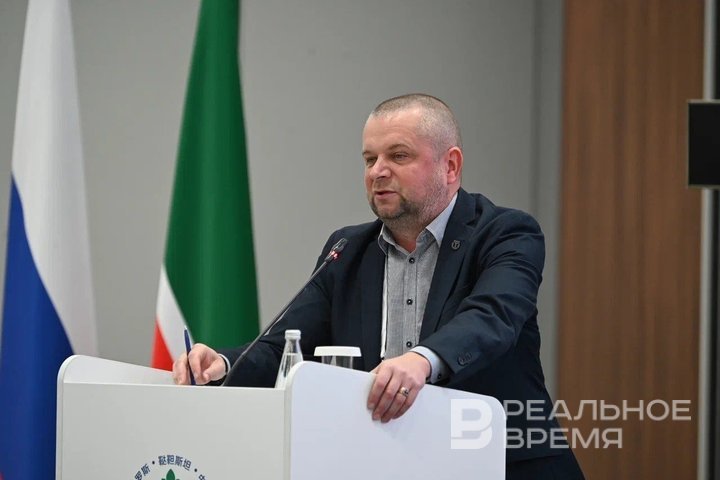
The plans for next year include working out this idea in more detail. Following the forum, it is planned to send letters with the initiative's development to the governments and investment agencies of Russia and China. Such showrooms involve both trade in finished products and the possibility of setting up joint Russian-Chinese production.
“To launch something in China, you need to release it here. Release it in quantities of at least one hundred thousand units. When you reach this quantity, then you offer it to China,” explained Moskovsky.
The results of the work on creating interregional showrooms of Chinese equipment are planned to be reported next year — at the next SPROUTS forum.
“Tatarstan is one of the main bases”
Another idea was also discussed at the meeting — the creation of a Council for Strategic Partnership in Special Equipment and Motor Transport between Russia and China. According to its initiators, the creation of this structure will allow “a more in-depth study of the issues of technical compliance and interaction opportunities.” The council meetings are planned to be held twice a year — once in Tatarstan, the second time in Moscow and also to travel to other regions.
“I think that in a year, within the framework of the forum, we will report on what we have managed to do and what information we have collected. We see Tatarstan as one of the main bases for interaction with China,” noted Oleg Moskovsky.
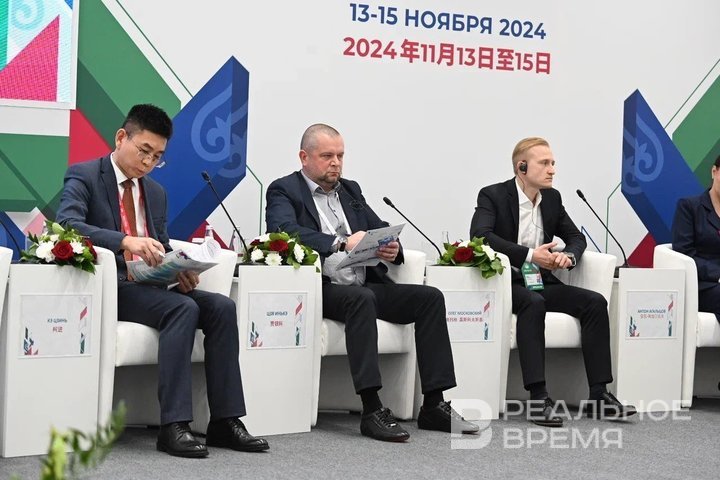
The speaker also noted that at the moment many questions remain open:
“This is the third year of close interaction between Russia and China. Now we are learning our lessons, looking at what worked and what didn’t, what spare parts are needed, how the equipment is used and so on,” he listed. “It will take about five years to understand what Chinese equipment is relevant for us in different seasons. Then we will build interaction. We want to make next year a year of strategic interaction in order to sort out all the accumulated chaos and already put forward specific solutions for the regions. The forum gave us an impetus to sit down and hold strategic negotiations.”
There are no general rules of interaction yet — they need to be worked out. However, at the moment, we have managed to identify several key points of cooperation:
“We have indicated that we have automobile villages, there are large suppliers who feel comfortable in Russia. We have examples of interactions with construction and quarry companies. Now we have a roadmap for new companies that want to enter Russia: who to work with, who to interact with and under what conditions. We have outlined the territorial cross-section.”
The share of Chinese brands on the market exceeds the Russian one
As for special equipment, the share of Chinese brands on the market exceeds the Russian one — it occupies 65%, said Director of the Sales Category at Avito Special Equipment Anton Agaltsov.
The share of Chinese brands has grown from 45% in 2022 to 65%. Here, analysts agree that the trend will continue to grow. In this sense, online platforms are certainly of great importance for the development prospects of this business, he noted. At the same time, the market for special equipment today continues to remain offline — more half of the transactions take place in this format.
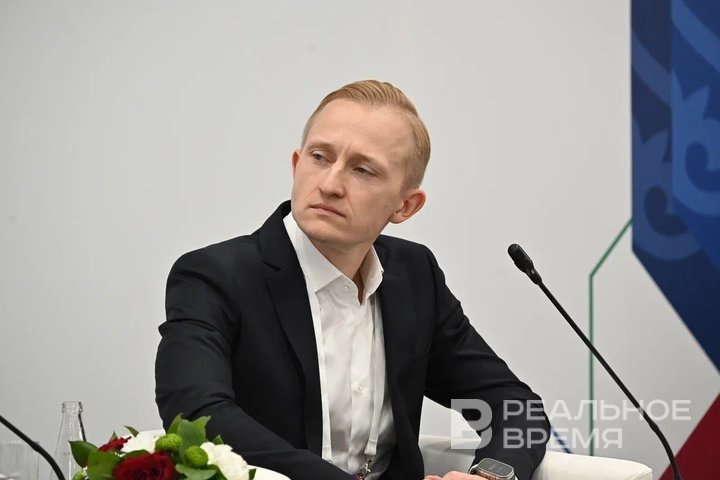
Anton Agoltsov reported that Tatarstan came in second place after Moscow in the number of offers in this sector. “We also see that the region occupies a leading position in requests for special equipment — third place,” the speaker added.
Head of industrial and technical affairs of Kifa platform Liu Yakun said that since the beginning of 2022, the share of Chinese brands on the Russian market has increased from 9% to 54%.
In the first half of 2022, passenger cars of Chinese brands occupied only 9% of the Russian market. By November 2022, this share reached 35%. At the end of 2023, the level rose to 44%. By 2024, the market share is 54%, the speaker cited the data.
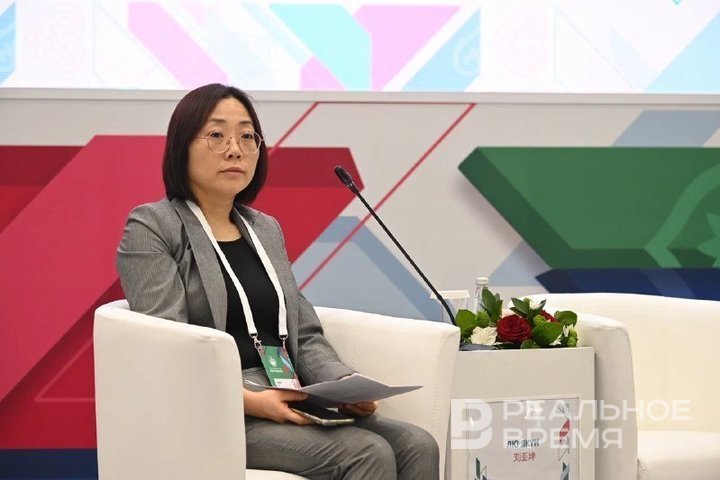
At the same time, the share of Chinese premium brands on the Russian market, according to her, has increased from 59% to 80% over 24 years. Cooperation in the automotive industry of Russia and China has significant potential for growth and development. However, to achieve successful results, it is necessary to create favorable conditions and invest, she emphasised.